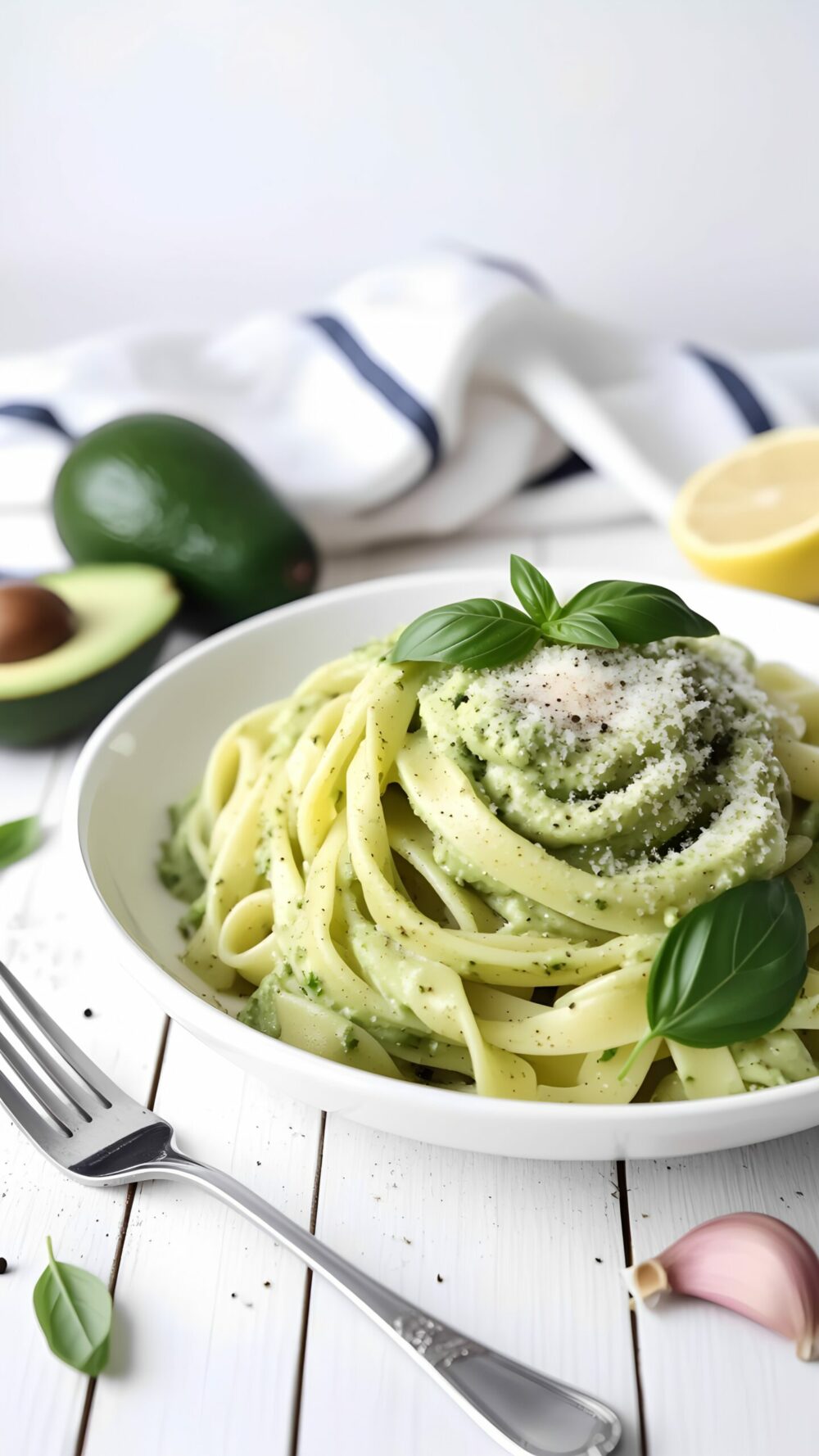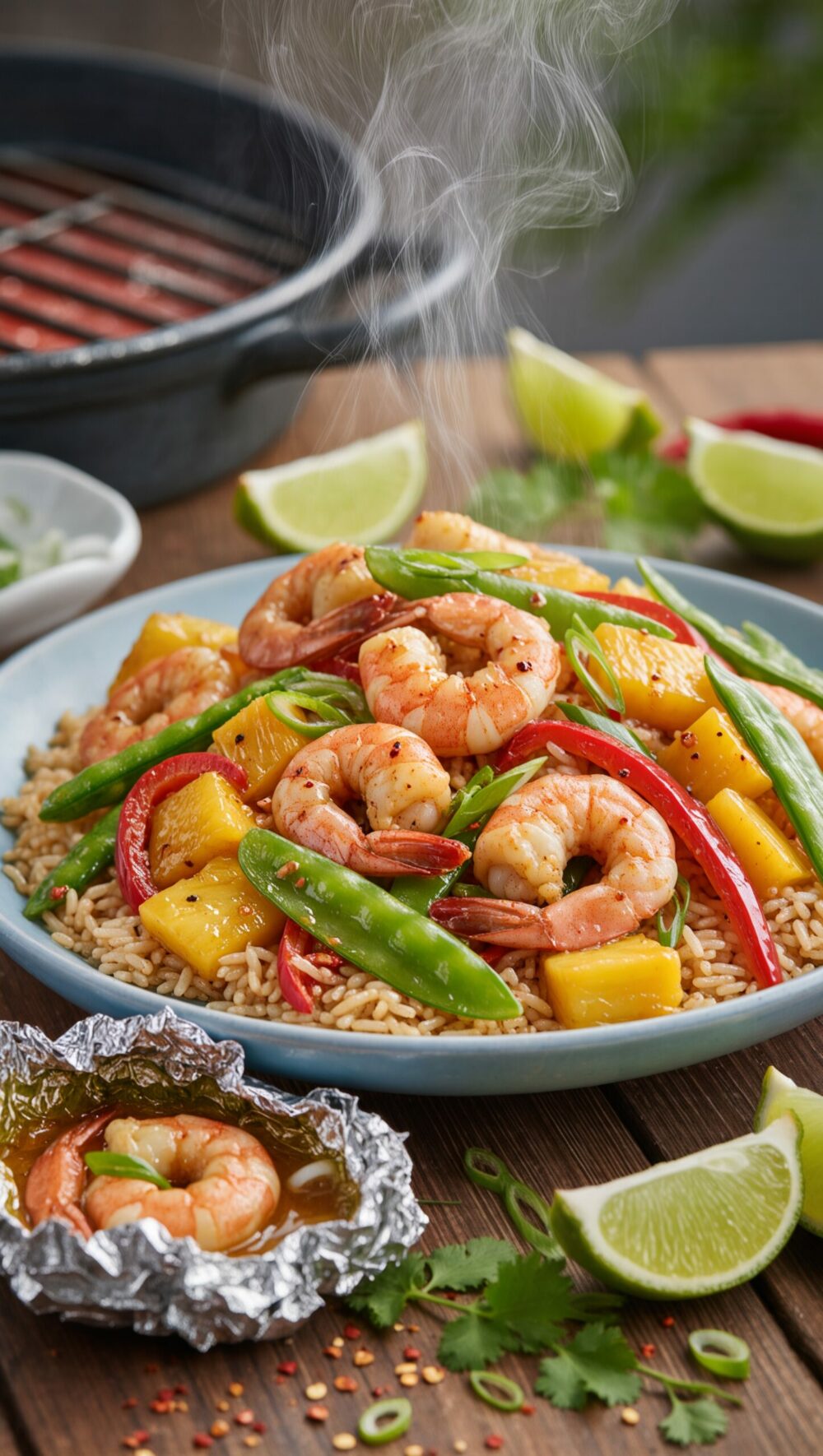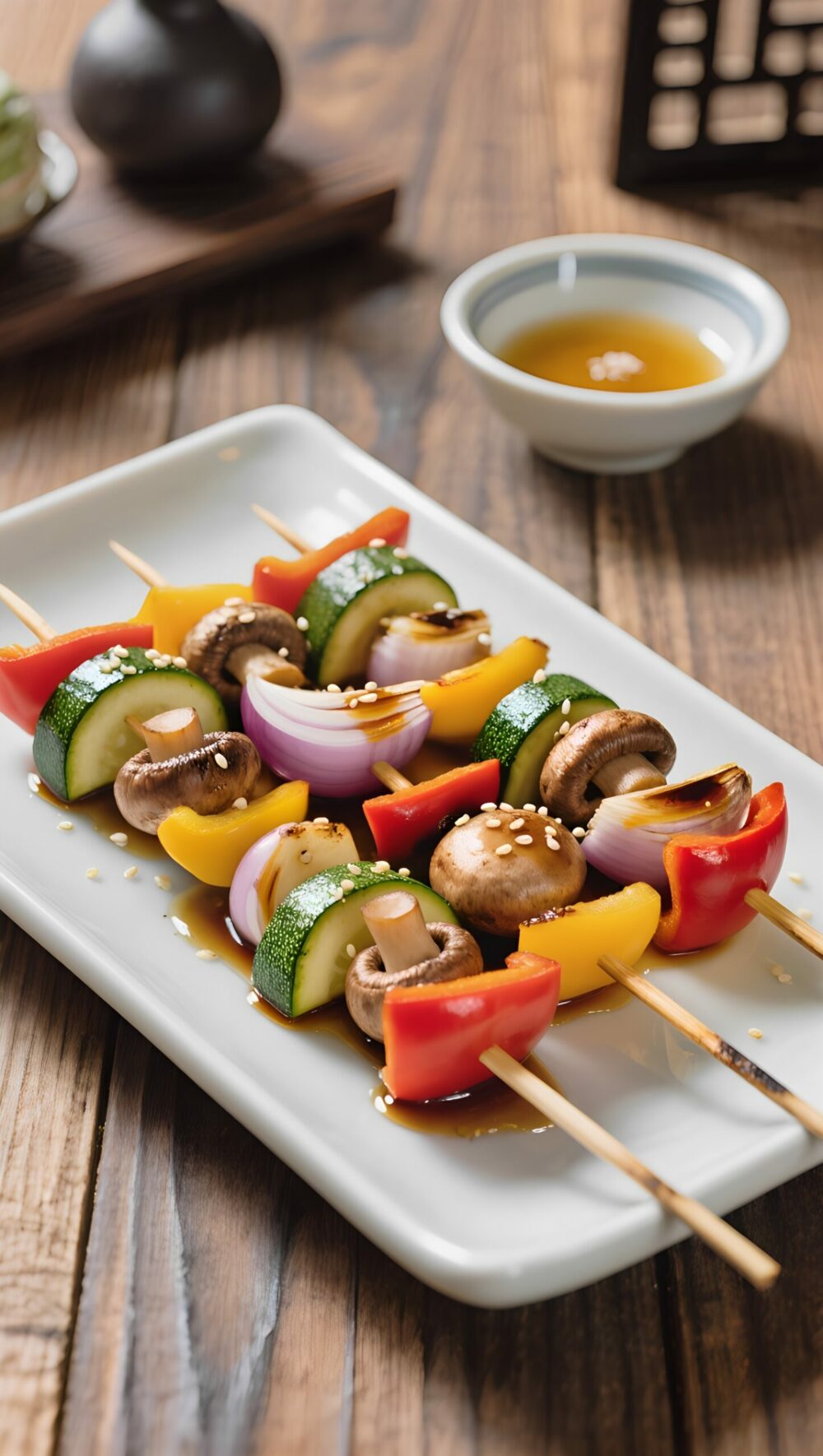Avocado pasta is a delightful fusion that brings together the creamy richness of ripe avocados with the aromatic freshness of basil, creating a dish that sings of summer in every bite. The simplicity of this recipe allows the natural flavors to shine, making it a perfect weeknight meal or a fancy dinner for friends.
Origins of the Dish
The origins of avocado pasta can be traced back to the rise of health-conscious cuisine, where the creamy texture of avocados replaces traditional dairy elements, appealing to both vegans and those seeking lighter options. This dish is not just a meal; it’s a celebration of fresh ingredients that reflect the vibrant essence of Mediterranean cooking.
Unique Ingredients and Flavors
The unique combination of ingredients plays a crucial role in its flavor profile. The creamy avocado provides a buttery richness, while fresh basil adds a herbaceous punch that elevates the entire dish. A squeeze of lemon juice brightens every bite, balancing the richness with a refreshing tartness. The cooking technique is equally straightforward yet impactful; by blending the ingredients into a smooth sauce, you create a luxurious coating for the pasta that feels indulgent without being heavy. This dish is not just about feeding the body, but also about nourishing the soul with its vibrant colors and fresh flavors, making it a delightful choice for any occasion.
Easy Creamy Avocado Basil Pasta for Fresh Flavor Delight
Description
This Easy Creamy Avocado Basil Pasta combines ripe avocados, fresh basil, and garlic for a luscious sauce that clings to your favorite pasta, delivering a refreshing and satisfying meal.
Ingredients
Ingredients for Easy Creamy Avocado Basil Pasta
Instructions
Prepare the Pasta
-
Cook the Pasta
Bring a large pot of salted water to a boil. Add your favorite pasta (like linguine or spaghetti) and cook according to the package instructions until al dente. Remember to stir occasionally to prevent sticking.For a more flavorful broth, consider adding a bay leaf or a clove of garlic to the boiling water.
Blend the Sauce
-
Make the Avocado Basil Sauce
In a blender or food processor, combine ripe avocados, fresh basil leaves, garlic, lemon juice, olive oil, salt, and pepper. Blend until smooth and creamy. Taste and adjust seasoning as needed.For an extra kick, add a pinch of red pepper flakes or a splash of balsamic vinegar.
Combine and Serve
-
Mix Pasta and Sauce
Once the pasta is cooked and drained (reserve a cup of pasta water), return it to the pot. Pour the creamy avocado basil sauce over the pasta, tossing gently to coat. If the sauce is too thick, add a bit of the reserved pasta water until you reach your desired consistency.This is the magic moment—feel free to add in cherry tomatoes or spinach for a pop of color and flavor!
Garnish and Enjoy
-
Serve with Toppings
Plate your creamy avocado basil pasta and sprinkle with freshly grated Parmesan cheese, chopped basil, and a drizzle of olive oil for that gourmet touch. Serve immediately and enjoy!For a vegan option, skip the cheese or use a dairy-free alternative. Pair with a crisp salad for a refreshing meal!
Note
- Use ripe avocados for the creamiest texture; they should yield slightly to gentle pressure.
- Fresh basil is key; tear the leaves for a more aromatic flavor rather than chopping them.
- Toasting garlic in olive oil before blending enhances its sweetness and depth.
- Add a splash of lemon juice to prevent the avocado from browning and to brighten the overall flavor.
- For a spicy kick, consider adding red pepper flakes or a dash of cayenne pepper.
- If the sauce is too thick, adjust the consistency with reserved pasta water until desired creaminess is achieved.
- For a vegan option, ensure the pasta is egg-free and consider adding nutritional yeast for a cheesy flavor.
- Pair with grilled chicken or shrimp for added protein, or toss in some cherry tomatoes for extra freshness and color.
- Store any leftover sauce in an airtight container in the refrigerator for up to 2 days; add a bit of water or olive oil to loosen it when reheating.















